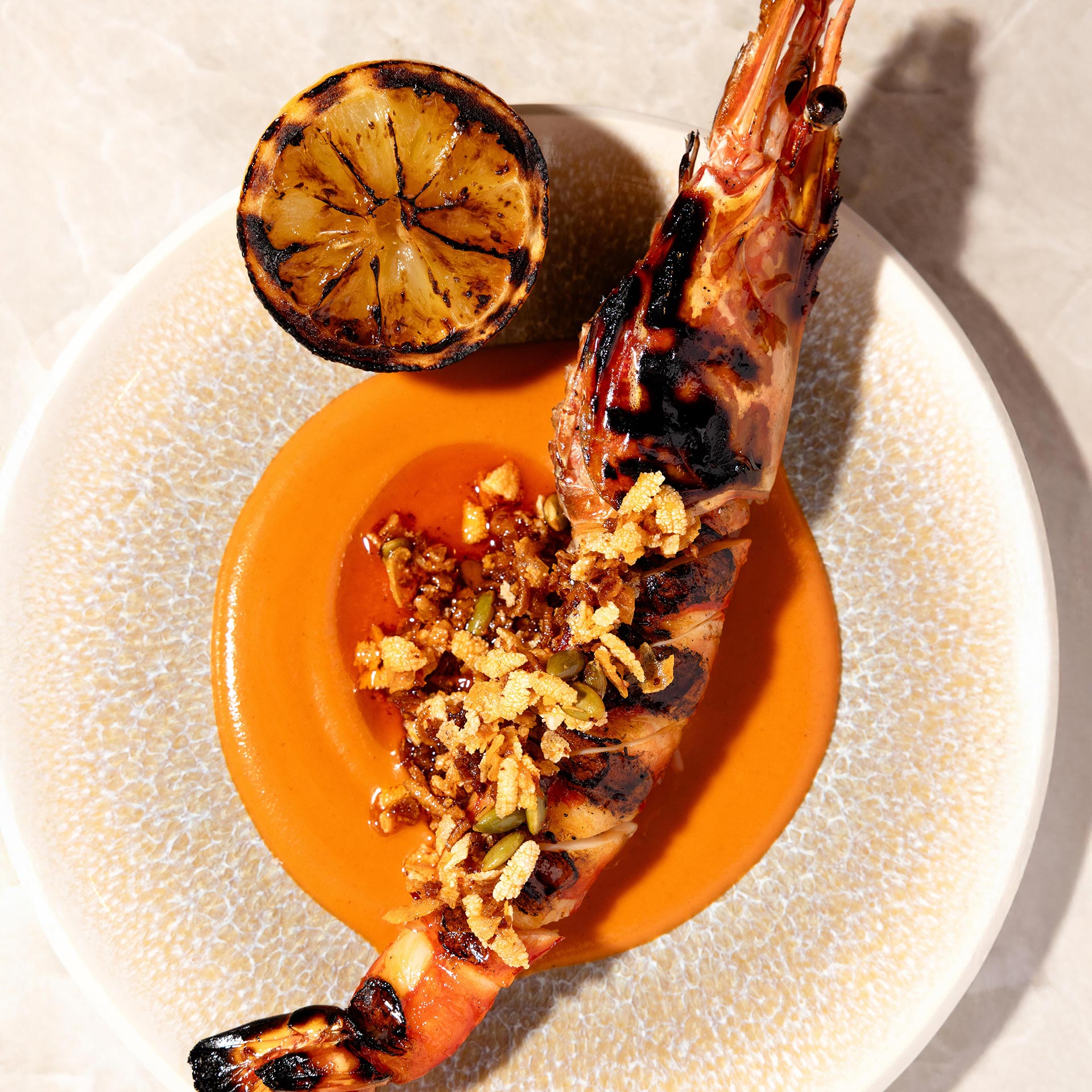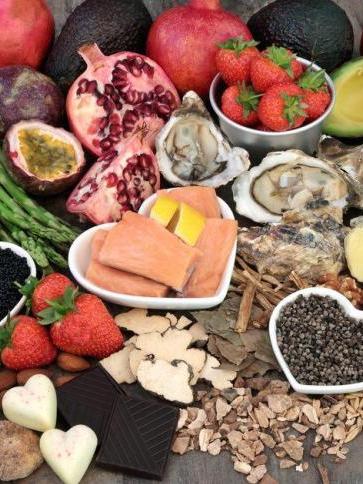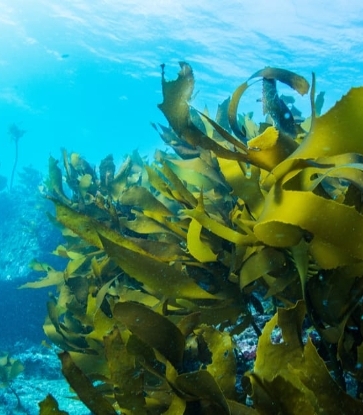Thanks to Global Rum Ambassador Ian Burrell, we found out there’s heaps to be discovered when it comes to this underrated spirit.

Rum is made from sugar, yes, and it's also naturally sweet due to the aging process in wooden casks, but that doesn't mean it's always sweet as you think. White rum, for example, can be quite dry and heavy (see below). Here's another fun fact: If it's bottled in countries like Jamaica, Barbados, or Martinique, no sugar can be added by law.
It is not just a Caribbean or West Indian spirit. In fact, Tanduay, a product of the Philippines, is the second largest selling rum brand in the world next to Bacardi. There are also other labels around the globe, including India's Old Monk, Australia's Bundaberg Rum, and Zulurum from South Africa.
3. The age statement on a bottle isn’t always what it appears to be
See a number on the label? Don’t take it as it is and assume that it refers to the age of the youngest rum in the blend. This may be the case for other beverages, such as whiskey, but with rum, anything goes. Consider production techniques such as solera aging (where younger rums are blended with older rums before being aged again, in which case the average age will be printed instead) and the loose rules in the US and Europe when it comes to making rum, and you will understand why a seven-year-old bottle may not be a better choice compared to a 24-year-old rum.
The bottom line: Use age statements as a guideline, but ultimately, try and get a taste test done (or take a whiff of the rum) before making a purchase.

Rhum (or better known as rhum agricole) is made from fresh sugarcane juice and comes from French-colonised islands like Martinique and Haiti, while rum is made from molasses. Then again, even if you don't notice the spelling on the label, you can still differentiate between the two; rhum has a sort of uniquely 'grassy' and slightly earthy flavour profile.
5. White rum is not always light
Bacardi may produce light white rum, but it’s not the same for all the colourless spirits. There are a handful of brands that specialise in dry, heavy-bodied aged white rums so if you want flavour that packs a punch, opt for labels like Real McCoy and Flor de Caña Extra Dry.


















